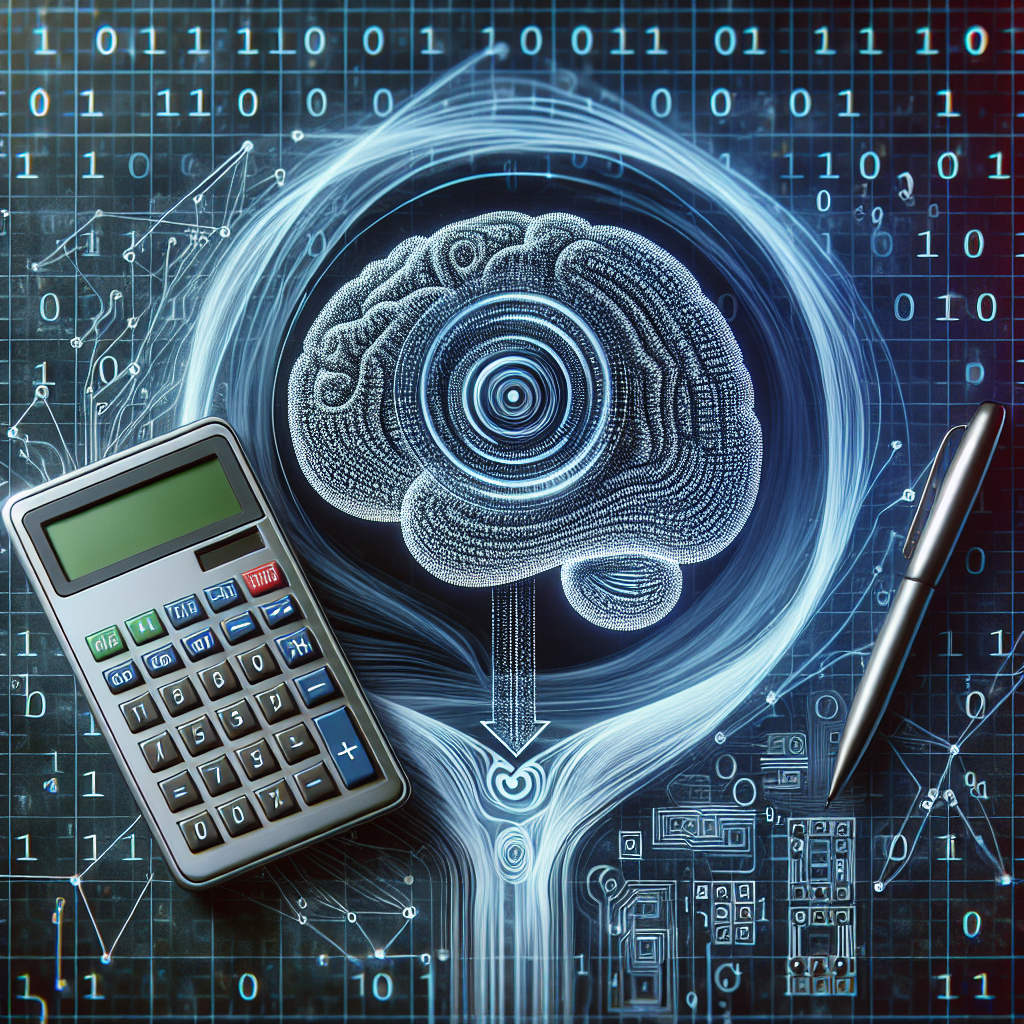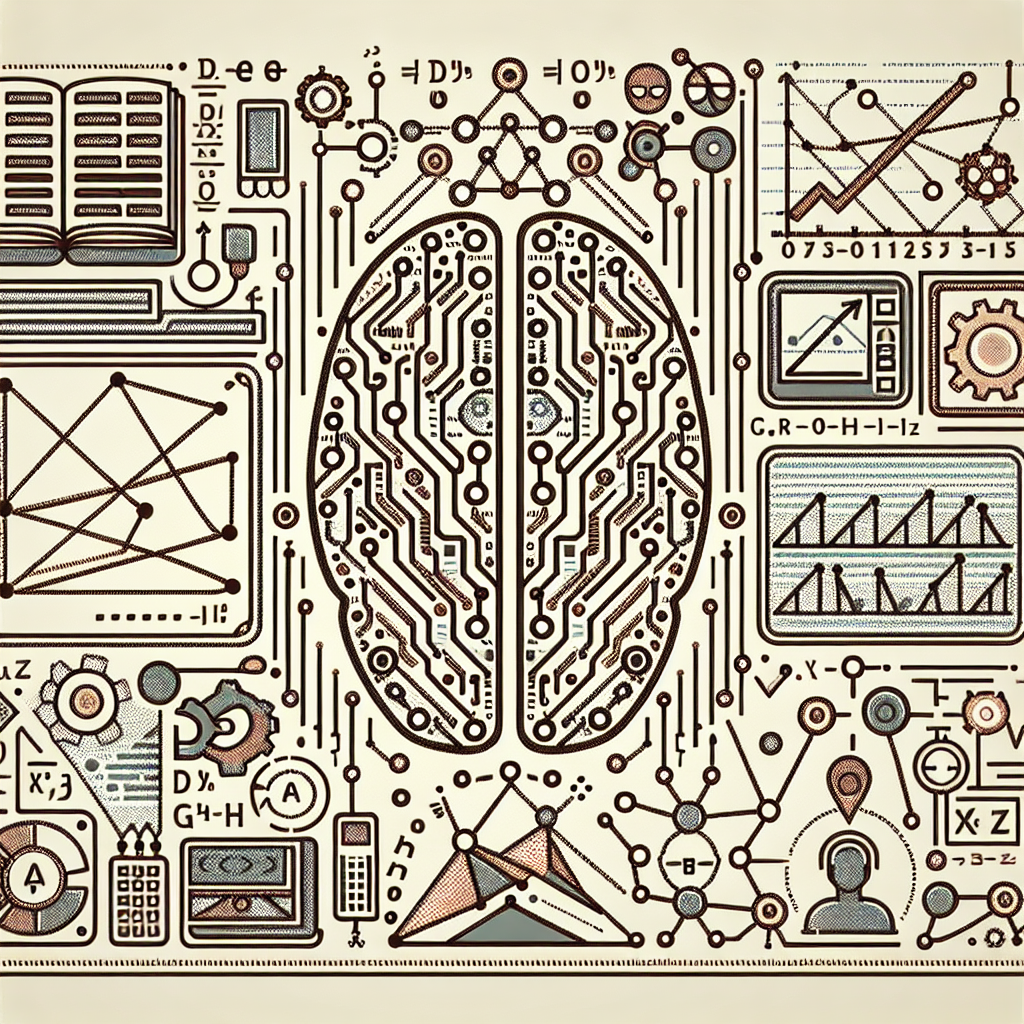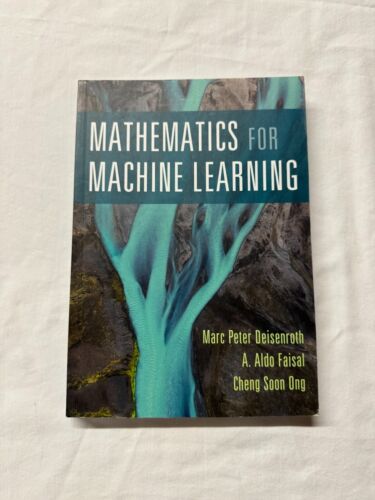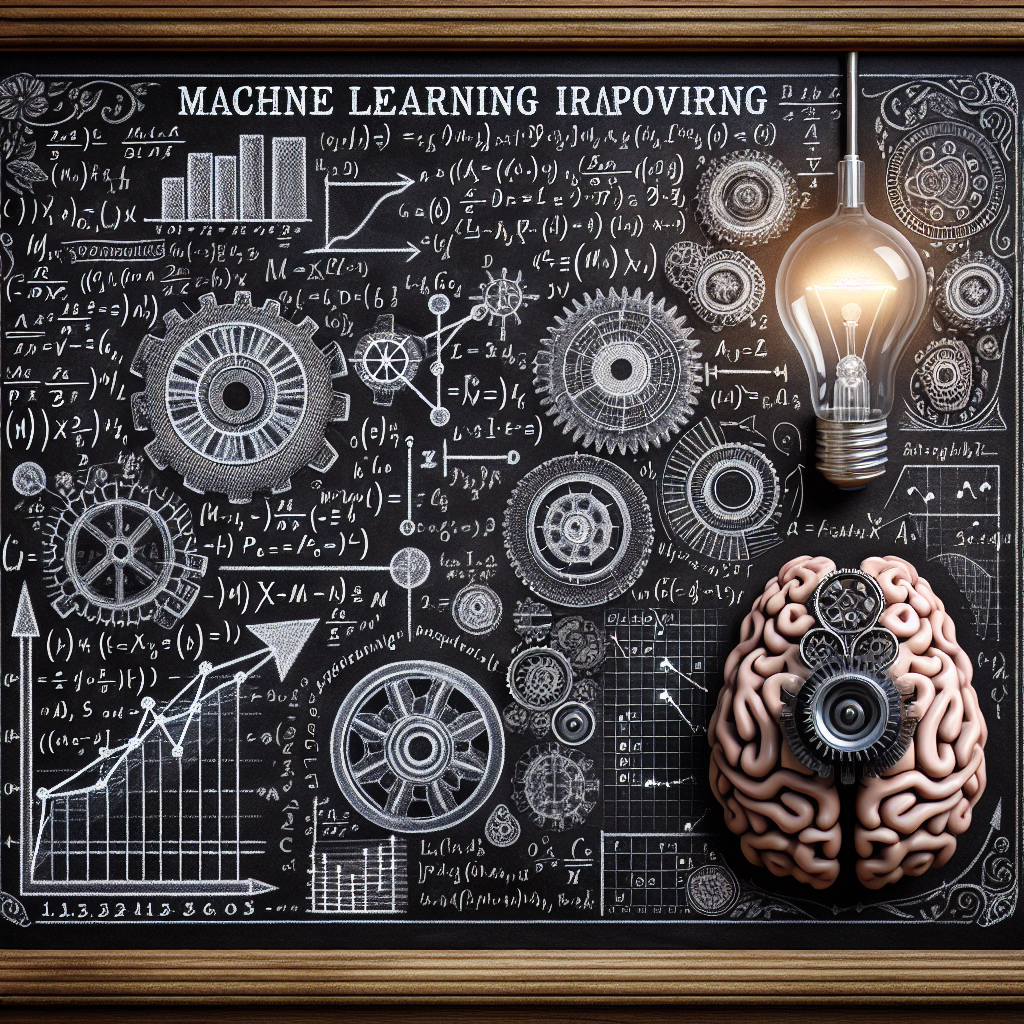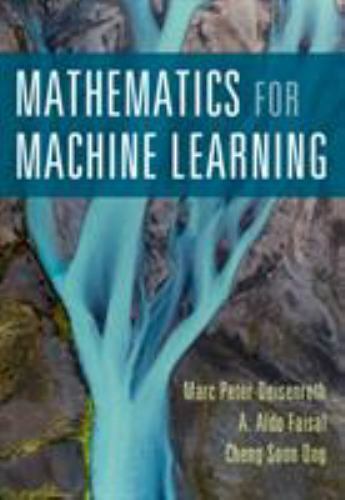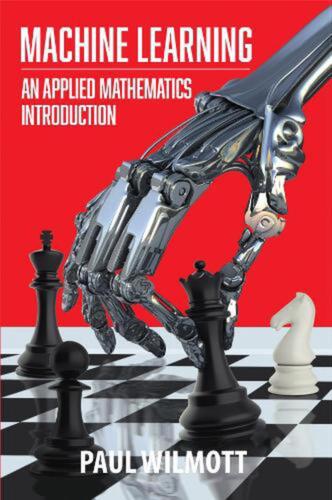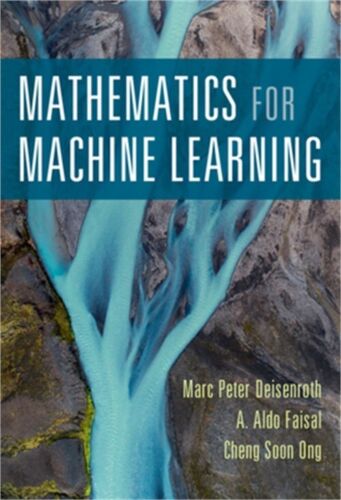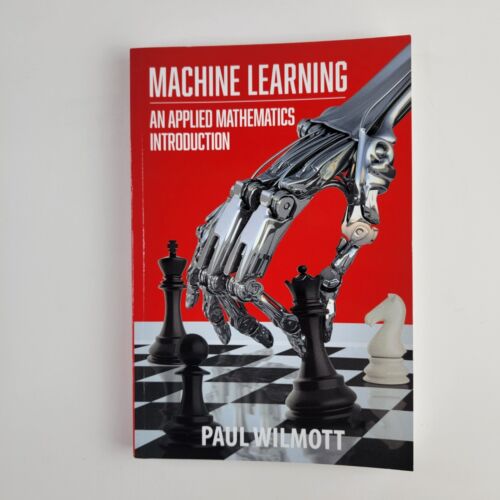Machine learning is a rapidly growing field that is revolutionizing industries ranging from healthcare to finance to transportation. At its core, machine learning involves training algorithms to learn from data and make predictions or decisions without being explicitly programmed to do so. Understanding the fundamentals of machine learning is crucial for anyone looking to work in this exciting and innovative field.
One of the key components of machine learning is applied mathematics. Mathematics plays a crucial role in all aspects of machine learning, from understanding the underlying algorithms to evaluating the performance of a model. In this article, we will explore some of the fundamental mathematical concepts that underpin machine learning.
Linear algebra is one of the most important areas of mathematics for machine learning. Linear algebra is used to represent and manipulate data in the form of vectors and matrices. Vectors are used to represent individual data points, while matrices are used to represent collections of data points or features. Understanding how to perform operations such as matrix multiplication, matrix inversion, and eigenvalue decomposition is essential for working with machine learning algorithms.
Calculus is another essential area of mathematics for machine learning. Calculus is used to optimize machine learning algorithms by finding the minimum or maximum of a function. Optimization algorithms such as gradient descent rely on calculus to update the parameters of a model in order to minimize a loss function. Understanding concepts such as derivatives and gradients is crucial for implementing and fine-tuning machine learning models.
Probability theory is also a key mathematical concept in machine learning. Machine learning algorithms often rely on probabilistic models to make predictions or decisions. Understanding concepts such as conditional probability, Bayes’ theorem, and probability distributions is essential for working with probabilistic machine learning algorithms such as Naive Bayes, Gaussian Mixture Models, and Hidden Markov Models.
Statistics is another important area of mathematics for machine learning. Statistics is used to evaluate the performance of machine learning models, assess the uncertainty of predictions, and make inferences about the underlying data distribution. Concepts such as hypothesis testing, confidence intervals, and regression analysis are essential for interpreting the results of machine learning experiments.
In conclusion, understanding the fundamentals of machine learning through applied mathematics is crucial for anyone looking to work in this exciting and rapidly growing field. Linear algebra, calculus, probability theory, and statistics are just a few of the mathematical concepts that underpin machine learning algorithms. By mastering these fundamental mathematical concepts, you can build a solid foundation for working with machine learning algorithms and making meaningful contributions to this innovative field.
#Understanding #Fundamentals #Machine #Learning #Applied #Mathematics,machine learning: an applied mathematics introduction

